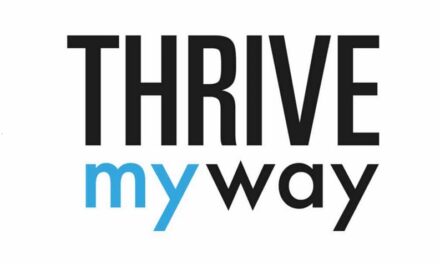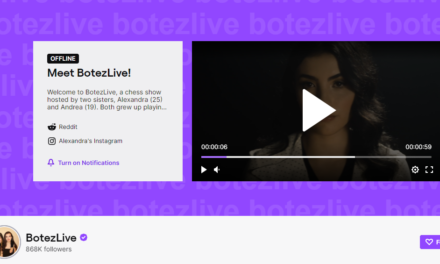Speak for free before you speak for pay.
Among expert content creators, 21% say speaking gigs are a revenue stream in their business, according to The Tilt’s Content Entrepreneur Benchmark Research.
But speaking usually doesn’t start as a revenue stream. Speaking gigs start as an opportunity to showcase your expertise, grow an audience, market your business, and demonstrate you can execute on the stage (virtual or in real life).
21% of expert creators say speaking is a revenue stream for their #ContentBusiness via @TheTiltNews #ContentEntrepreneur research. Share on XFortunately, you are well prepared to add speaking to your services list. You know your target audience. You already create content. You have a content tilt that differentiates you from everybody else. Those are the main ingredients of every speaking strategy.
Now, let’s go into more specifics to help you land speaking gigs (unpaid and paid).
Identify speaking opportunities
Look for organizations, conferences, groups, etc., that host speakers and have audiences you want to reach.
Think local. A chapter of a business or nonprofit organization or a chamber of commerce can be a good starting point. They usually rely on local speakers who are more likely to understand their audience and don’t require a fee or travel expenses. Even if they don’t offer the ideal target audience, you can gain valuable experience from those stages.
Go where your audience goes. What conferences do they attend? What podcasts do they listen to? What webinars do they watch? Visit the site for each one to assess the speaking opportunities.
Go where your audience goes to find speaking gigs. What conferences do they attend? What podcasts do they listen to? What webinars do they watch? via @AnnGynn. #Speaking #CreatorEconomy Share on XConferences often have a call for speakers posted six months to a year before the event. Mark the dates for their next submission time. Look at past agendas and formats to get familiar with what they look for. Note if they pay for speakers or travel expenses. (Often, the compensation is free admission.)
Listen and watch the podcasts, webinars, etc., to learn if they use a guest speaker format. If they do, add them to your prospect list.
With each opportunity, rank them A, B, or C to prioritize your outreach and note your goals for speaking at that event. For example, it could be to grow the newsletter subscriber list by 50 or gain one recommendation for my speaking portfolio. The goals should be commensurate with the speaking experience, crowd size, etc.
Reach out to land speaking gigs
With your research complete and your prospects prioritized, you are ready to contact the prospective hosts. Outreach typically falls into two categories – direct one-on-one contact and online submissions.
With local organizations and solo and small business platforms, you can usually reach out to their contact with a pitch. In this format, you briefly introduce yourself and your expertise and say something that indicates you’re familiar with their organization/podcast/webinars, etc. Be specific. Saying you think they have a great podcast isn’t helpful. Saying something you learned from a recent guest is specific. Then briefly share an idea of what you could offer their audience. (If they’re interested, you can go into more detail in follow-up correspondence.) Close with your contact information and a promise to follow up. (And make sure to follow up by email or even a phone call.)
Pitch to secure speaking gigs. Introduce yourself. Be specific about how you know them and their content. Share an idea of what you could offer their audience. #CreatorEconomy #Speaking Share on XConferences typically fall into the online process. Before you submit, walk through the application and note what information they want, such as the title, description, learning objectives, and takeaways from your presentation. They also will want to know about you – your credentials, existing audience, social platforms, etc. Sometimes, they will ask for references from previous speaking engagements or clips/links to past presentations. (If you don’t have a clip, create one. Host a LinkedIn Live or Twitter Spaces, or book some space at your local library to host a presentation open to the community and record it.)
Don’t give up if you don’t secure a speaking gig on your first attempt. Grow your relationship with their organization or business while you build your speaking portfolio elsewhere. Attend their events. Engage with their content, adding valuable and relevant input to the conversations. If they have a publication or blog or post content from others on their social platforms, offer to write a guest article, or shoot a guest video they can share with their audience. By connecting with them outside the speaking arena, you can let them see your skills and expertise. So the next time they need a speaker, your name will be top of mind.
About the author
Ann regularly combines words and strategy for B2B, B2C, and nonprofits, continuing to live up to her high school nickname, Editor Ann. An IABC Communicator of the Year and founder of G Force Communication, Ann coaches and trains professionals in all things content. Connect with her on LinkedIn and Twitter.










